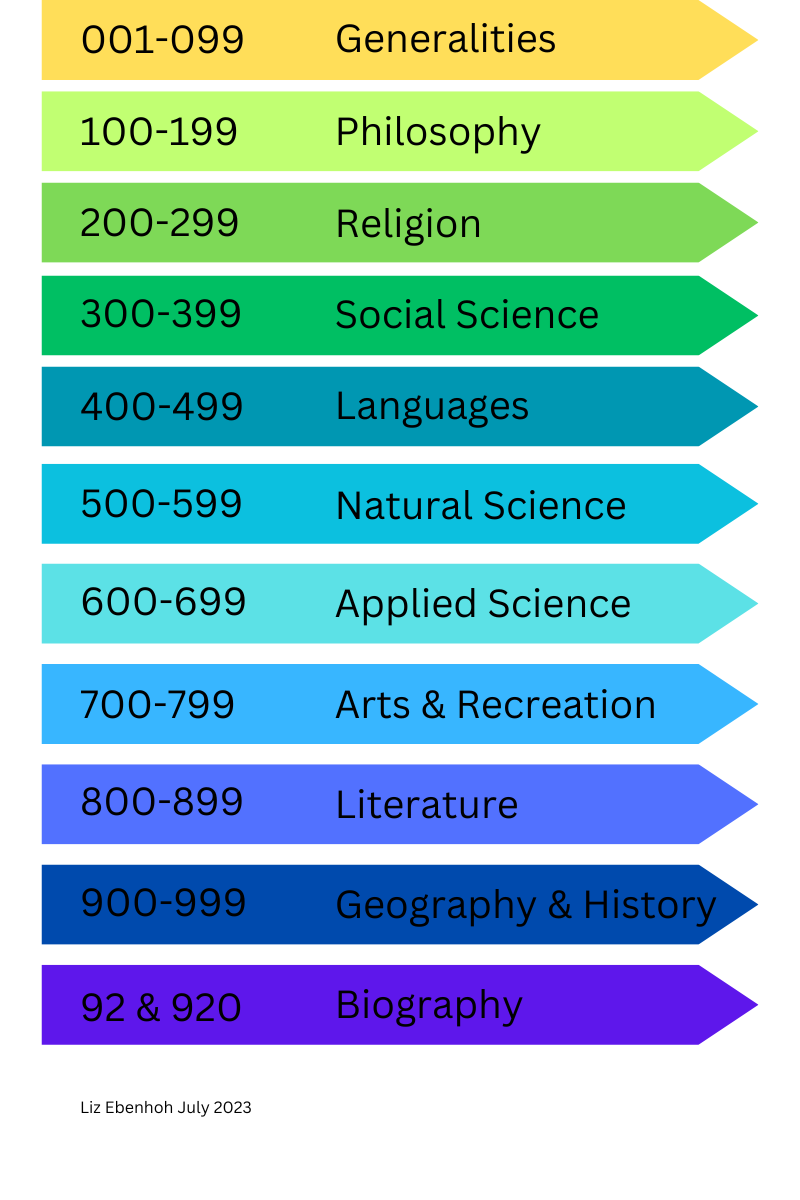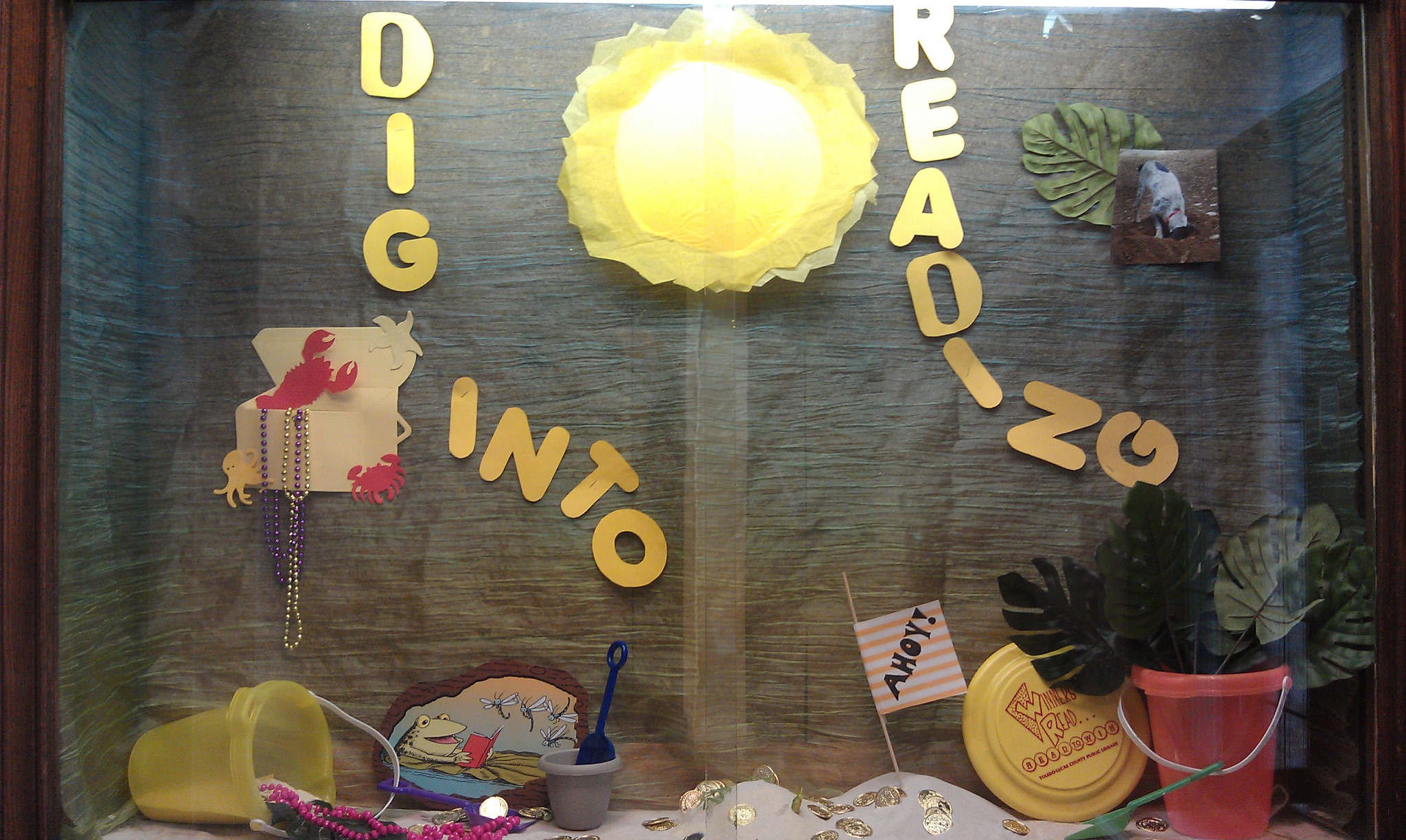
The Ultimate Beginner's Guide to Using the Public Library
Cover Image: The Cleveland Public Library, 2012, photo taken by me.
“A library in the middle of a community is a cross between an emergency exit, a life-raft and a festival. They are cathedrals of the mind; hospitals of the soul; theme parks of the imagination. On a cold rainy island, they are the only sheltered public spaces where you are not a consumer, but a citizen instead.” —Caitlin Moran
In case you haven’t noticed, I am a HUGE fan of public libraries. People are often surprised when they find out just how much libraries offer and how useful they are. More than just a place to borrow books from, libraries are always pivoting, growing, and shifting to meet public demand and stay on top of trends in technology, education, and more. Different library systems have different offerings, so be sure to check out what your local system offers.
Some of the coolest services I’ve seen include:
- On-site recording studios
- 3D Printing
- Assistance with everything from grant writing to social services to job hunting
- Amazing selections of items that can be checked out, such as:
- Tools
- Instruments
- Sewing machines
- Video cameras
- Record players
- Games
If you’ve never taken advantage of this wonderful institution, I highly recommend it. I wrote this guide to help newcomers and people who haven’t stepped into a library in a long time feel more at home.
Important disclaimer: The following information is based on the Toledo Lucas County Public Library in Ohio (where I worked for 15 years) and the Enoch Pratt Free Library in Baltimore, Maryland. While I have visited many libraries in many states, I have not verified that all processes are the same across the board. I have tried to provide an accurate, broad overview while still giving useful and specific information.
SOME TERMS:
Library system: A network of one main library and its connected branch locations. Each state county is part of a different library system.
Branch: A library location that is a part of a system. These are situated in neighborhoods to ensure that people have access to library services without having to travel to the main location.
Librarian: The ultimate information resource. It is important to note that not everyone who works in a library is a librarian, so do not feel offended if the person you ask for help has to refer you to someone else. It’s possible they may be a customer service clerk, shelver, or other staff member with specific knowledge and duties.

1. SIGNING UP FOR A CARD.
You can definitely use many of the on-site services without a library card, but you will, at minimum, need one to check out materials. All you need is your I.D. (and proof of address if the address on your I.D. is not current). Minors will need a parent/guardian signature in most cases. Alternatively, you can sign up for a card online and have immediate access to virtual resources like ebooks and databases. Library cards are free for in-state residents, but if you want a card in an out-of-state library system you can pay a modest yearly fee (such as $50 at Enoch Pratt) for full access.
2. BROWSING AND THE DEWEY DECIMAL SYSTEM.
Generally speaking, there will be different sections for the following: Fiction, Non-Fiction, Children, Teens, Magazines and Newspapers, and DVDs and other audiovisual materials. Within each of these sections there will likely be special displays for new items, recommendations, and/or anything timely or relevant, such as holiday-themed materials. (Creative displays are a source of pride for a lot of library workers, so be sure to check these out!) This should be fairly obvious, but I’ll say it anyway: if you are at a small branch, there will be a smaller selection of materials, so you may not find what you want by browsing. If your preferred branch doesn't have what you're looking for you can request items (see #3).
The Dewey Decimal System is used to categorize non-fiction materials so that if you're looking for, say, biographies or books on gardening, they are all in one spot. If you are looking for a specific book by a specific author, you can easily use the catalog (typically accessed through one or more computers that do not require any login information to use) to search for the title to see if it’s available and where you can find it. Otherwise, feel free to ask a librarian or hunt on your own.
Items that are not non-fiction are typically organized in the following ways:
- Fiction: Alphabetized by author's last name. Also certain genres, such as Mystery and Science Fiction, may have their own section.
- DVDs, Magazines, Newspapers, Video Games: Alphabetized by title. Do not include the initial "The". For example, The Devil's Advocate would be found under D.
- CDs, Cassettes, Records: Alphabetized by the artist's last name or the band name. Do not include the initial "The"; The Hollies would be under H.
3. REQUESTING, HOLDING/RESERVING, AND PICKING UP ITEMS.
If the library system you are a part of does not have a certain item, librarians can get it for you. First, they’ll likely check the state for other library systems that may have it and request to have it sent to whichever branch location you’d like to pick it up at. If you want your library system to order a particular item that they don’t have, you can put in a request for that too and you’ll be notified if they choose to order it. If your library system DOES own the item and you want to pick it up from a particular branch location, you can request that too. All of these things can be done in person with library staff or from the library’s website.
If you are logged into your library account online and looking at your items “on hold” that you have requested, you will see the following status updates:
- Pending: This means you have put in the request but the item hasn't been sent to you yet, either because all copies are checked out or the item was recently requested and is waiting for a staff member to get it for you. It may also mean the item is still on order (see below).
- In transit: Yay! Your item is on the way and should be ready for you to pick up soon. If it is coming from a different branch location, it should only take around 3-4 days. If it is coming from a different library system, it can take much longer, up to 3-4 weeks.
- Ready for pickup or Pick up by [date]: Once your item arrives, typically it will be placed on a special shelf (“the hold shelf”) in alphabetical order under your last name. When you get it off the shelf, you can then take it to the desk to check out.
- Available: If in the rare circumstance that you’ve been waiting a while for your item but it is still showing as available, it means the hold did not go through for some reason. You can cancel the hold and reorder your item, or you can call the library for more help.
- On order: A common status for new releases. This means the item has not been received and processed into the system yet. Patience is key here.
4. FEES AND BORROWING LIMITS.
Most, if not all, public libraries have done away with late fees. As long as you return your item in decent condition, your account will stay in good standing. If you lose, damage, or simply keep the item without returning it, you will be charged a replacement cost.
A note on damage: normal wear and tear is expected with library materials; these items pass through a lot of hands! Library staff members are accustomed to taping up the occasional torn page and cleaning dirty covers. Replacement costs are reserved for catastrophic damage that would result in items being withdrawn from the system, such as water or fire damage.
Loan periods and limits vary greatly based on the material and the library system. See the following links as examples:
Enoch Pratt Free Library Limits, Renewals, Overdue Materials & Fees
Toledo Lucas County Public Library Policies - see "Loan Periods and Lending Policy"
Remember, the library is here to serve you, so do not hesitate to talk to a library staff member about any problems or special needs you may have. I’ve heard people say they don’t go to the library because they lost a bunch of items years ago, or because someone else checked out items on their account, or they’re embarrassed that they returned an item damaged. Library staff have seen and heard it all, and worse–odds are, your story is no big deal. The goal is to keep people coming into the library and using its services; staff members will use every power available to help you get what you need and get your account in good standing! Tell them your story!
5. COMMON ON-SITE SERVICES.
Save time and money by taking advantage of the following services commonly offered by libraries:
- Printing, copying, and faxing. Some library systems even offer them for free. (Yes, even free printing. I know, right?)
- Community and meeting rooms. Need a space for your small study group? Hosting a non-profit networking event? There are multiple space options for you. Different locations have different sized rooms, from large auditoriums to small private work spaces. Typically large spaces will require a reservation while smaller rooms can be used on a walk-in basis (though reservations may be recommended to ensure the space will be available).
- Passport services.
- Computer training. This can be offered one-on-one or as part of a class.
- Book clubs, storytimes, craft sessions, yoga classes, and other events. Check out what’s going on near you! Some events are ongoing and offered on a weekly or monthly basis.
Talk to library staff to find out more about using these services and other offerings.

6. RULES OF CONDUCT.
Every library has its own rules, and these are also frequently updated to meet the needs of the public. (Essentially, if a rule exists you know someone has tried it, i.e. “No washing clothes in the bathroom sink.”) Most of these rules are obvious, i.e. no fighting, no nudity, no damaging property. But other rules may be less obvious and vary by location, i.e. cell phone usage, limits on computer activity, ability to bring in food or drinks. As is the case for most public spaces, there are also unspoken etiquette rules. For instance, even if your library allows you to bring in food, don't be that guy with a full Thanksgiving meal sitting at a computer with one hand in the mashed potatoes (true story). That’s just not sanitary.
Many people come to the library for a quiet work space, while others come to hang out with their friends after school. Some people want to chat with the staff members, while others prefer to be left alone. It is important that everyone respect each other’s time, space, and right to be at the library and use its services. Do not engage in any behavior that would be disruptive to staff and/or customers. The library is considered a “safe space” people can come to without being harassed. Talk to the on-site security guard, if applicable (not all locations will have one), or a staff member if you have a safety concern.
0 Comments Add a Comment?